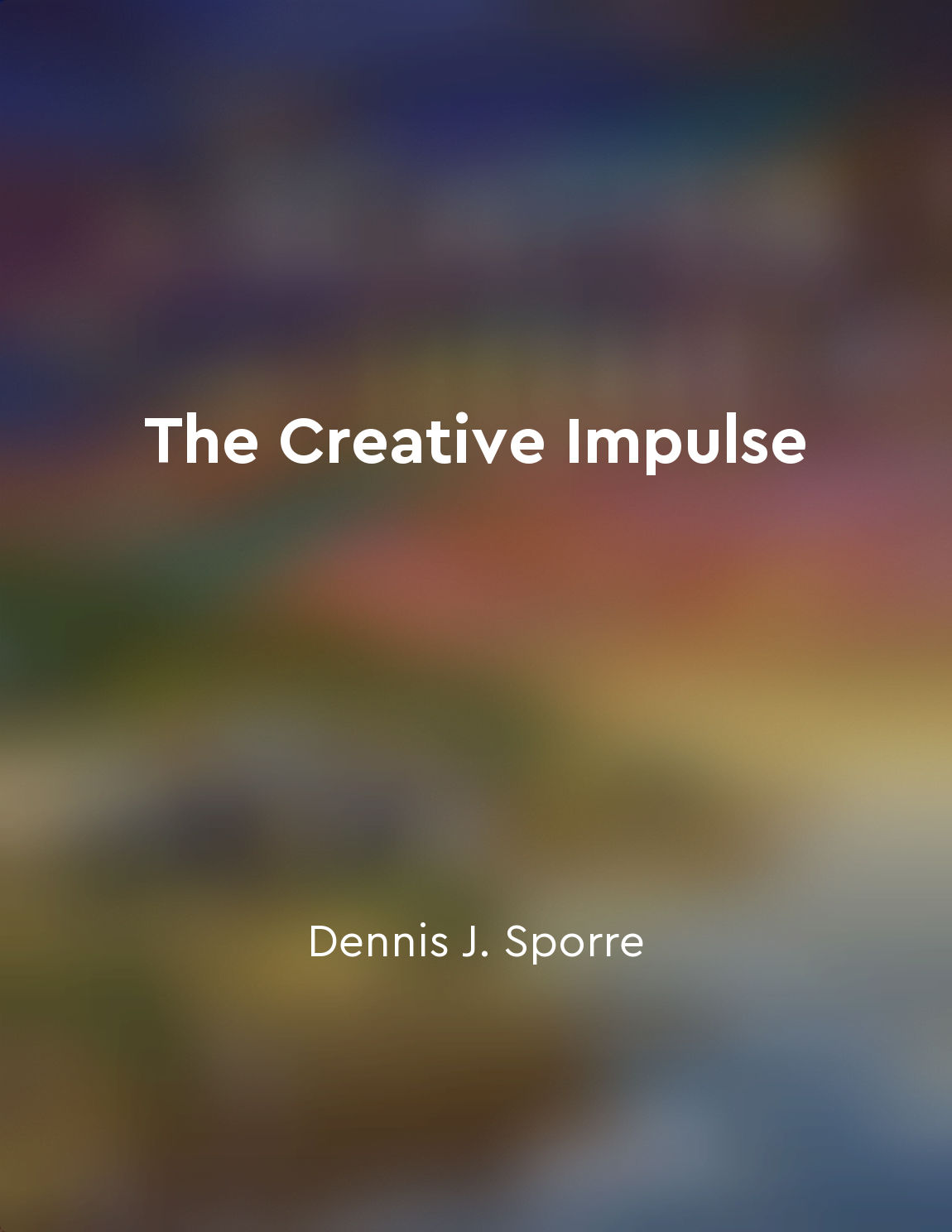The artist's creative process in evoking Rasa from "summary" of A Modern Introduction to Indian Aesthetic Theory by Surendra Sheodas Barlingay
The artist's creative process in evoking Rasa is a complex and nuanced endeavor that requires a deep understanding of Indian aesthetic theory. According to Barlingay, the artist must first immerse themselves in the emotional content of the artistic work they are creating. This involves tapping into their own emotional reservoirs and channeling those feelings into their art. Once the artist has connected with the emotional core of their work, they must then carefully select the appropriate artistic elements to evoke the desired emotional response in the audience. This may involve choosing specific colors, tones, rhythms, or gestures that are known to elicit a particular Rasa. Barlingay emphasizes the importance of skill and technique in the artist's creative process. The artist must have a mastery of their craft in order to effectively communicate the intended Rasa to the audience. This requires not only technical proficiency, but also a deep understanding of the cultural and artistic context in which they are working. In addition to technical skill, the artist must also possess a sensitivity to the emotional nuances of their work. They must be attuned to the subtle shifts in mood and tone that can evoke different Rasas in the audience. This requires a keen awareness of the emotional impact of their artistic choices and a willingness to experiment and take risks in order to create a truly evocative work of art.- The artist's creative process in evoking Rasa is a complex interplay of emotion, technique, and sensitivity. It requires a deep understanding of Indian aesthetic theory and a willingness to engage with the emotional depths of both the artistic work and the audience. By carefully navigating this process, the artist can create a powerful and moving work of art that resonates with viewers on a profound emotional level.
Similar Posts
Embracing passions leads to personal growth
Passions, according to Descartes, are an integral part of human nature, capable of driving individuals towards personal growth ...
Connect with your emotions to infuse your work with depth
Connecting with your emotions is essential for creating work that is rich in depth and meaning. When you tap into your feelings...
Embrace vulnerability
Vulnerability is not weakness; it is the path to courage. It takes courage to be vulnerable, to open yourself up to the possibi...
The creative process requires both focus and openness
To fully engage in the creative process, one must possess a delicate balance of focus and openness. This delicate balance is es...
Creativity thrives in environments that encourage risktaking
In creative environments, risk-taking is not just tolerated, but actively encouraged. This is because creativity often involves...

Leveraging social influence accelerates creative success
When it comes to creativity, it's easy to fall into the trap of believing it's a solitary endeavor. We often picture the lone g...

Creativity is a deeply personal and subjective experience
Creativity, more than anything else, is a deeply personal journey that each individual must undertake on their own. It is a uni...

Aesthetics as a philosophical discourse
The concept of aesthetics as a philosophical discourse is a central theme in Indian aesthetic theory. It is a way of exploring ...
It is a source of endless fascination and wonder
The imagination is a fascinating and wondrous aspect of human consciousness that has captivated thinkers and philosophers for c...
Creative individuals are constantly seeking out new challenges and experiences
Creative individuals are driven by an insatiable curiosity and thirst for new experiences. They are constantly seeking out chal...

